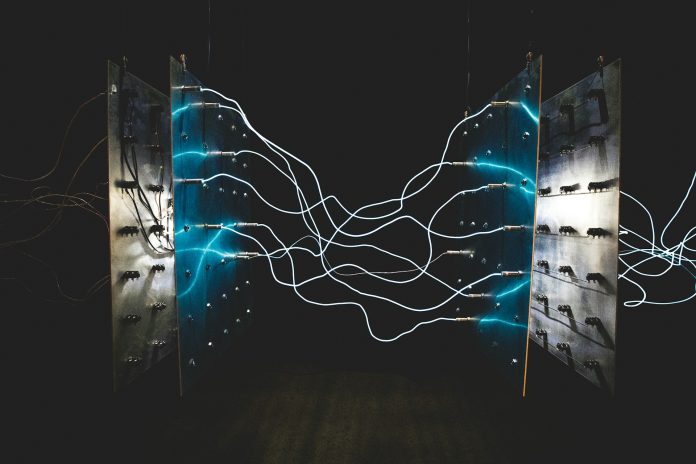Directed energy weapons are powerful modern weapons that are designed to deliver concentrated laser power on a particular target using diffractive laser systems. Because of their high accuracy and cheap price, these weapon systems are becoming increasingly popular on the battlefield. Several countries have adopted directed energy weapon systems to damage or destroy a particular target. The United States of America has also integrated this weapon system into the battlefield. While these weapon systems are efficient in firing limitlessly and destroying or damaging a particular target, there are certain challenges to using these laser weapon systems. For example, the efficiency of these systems can be affected by harsh weather conditions like heavy mist and haze.
The Challenges to Applying Directed Energy Weapon Systems
Even though directed energy weapon systems are advancing rapidly, several issues are still creating obstacles to the widespread adoption of these systems, including
- The maintenance of the system involves keeping the system stable for a long period of time.
- Maintaining narrow bandwidth and high precision of the system, and
- Establishing a high laser damage threshold.
There are several laser sources placed coherently in a directed energy weapon system to reduce beam divergence and increase the efficiency of the system. Thus, this weapon system is useful for applying high laser power density to the target. However, it is quite challenging to accomplish high laser power. The use of diffractive optical elements (DOEs) can help to effectively overcome this challenge and improve the functioning of the system.
The Importance of Diffractive Optical Elements in Directed Energy Weapons
Diffractive optical elements use the principle of diffraction to shape and modify a laser beam. Unlike diffractive beam splitters that split an input beam into multiple output beams with the same characteristics, these diffractive optical elements transform the beam profile so that the beam shows a unique intensity profile with a uniform distribution pattern and sharp edges. This beam shaping is essential as most laser beams naturally display a Gaussian distribution pattern with gradually decaying edges. There are various advantages of integrating diffractive optical elements in a directed energy weapon system, such as
- The use of diffractive optical elements has improved the endurance of the weapon systems to high laser power.
- Diffractive optical elements modify the laser beams to achieve complete angular accuracy for both splitting angles and deflections.
- Now, directed energy systems can withstand harsh weather conditions, with the help of diffractive optical elements.
- It’s easy to integrate diffractive optical elements in these weapon systems due to their lightweight, thin, and compactness.
For the above-mentioned advantages, diffractive optical elements have significant applications in defense and aerospace. These optical components are crucial for directed energy weapons to deliver high laser power on a particular target.



 Bitcoin
Bitcoin  Ethereum
Ethereum  Tether
Tether  XRP
XRP  Solana
Solana  USDC
USDC  Cardano
Cardano  TRON
TRON  Lido Staked Ether
Lido Staked Ether  Avalanche
Avalanche  Toncoin
Toncoin